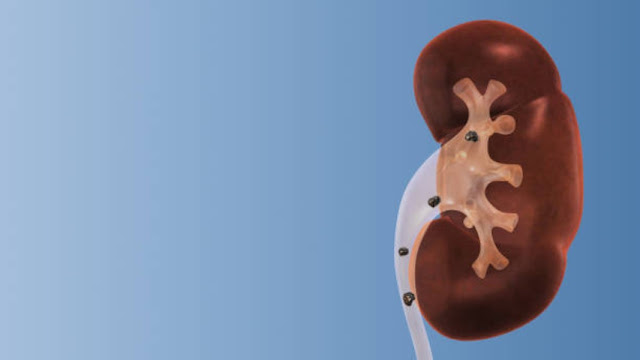A mathematical model predicts optimal training for muscle gain
A team of researchers since the University of Cambridge built a model based on theoretical methods of physics to predict the amount of effort and time needed to build muscle and thus optimize training to gain muscle mass. The results, published in the Biophysical Journal, suggest that there is an optimal weight to perform resistance training for every individual and every muscle growth goal .
And the idea is that while it doesn't sound like it, there is hardly any hard data to help us know when to exercise less ... or too much. “Surprisingly, little is known about how exercise builds muscle: there is a lot of anecdotal or experiential knowledge, but little hard and proven data,” says Eugene Terentjev, one of the authors of the article . .
Muscles are made up of a series of individual filaments that are only two microns in length and less than a width in width. “For this reason, at least part of the explanation for muscle growth should be at the molecular level,” says co-author Neil Ibata. “It has only been 50 years since the interactions between the main structural molecules of muscles have been described. The role of all the proteins involved is not yet clear. In previous work, the same researchers have already observed that one of these proteins, titin, generated certain chemical signals related to muscle growth .
And the optimal effort is ...
"Although there is experimental data showing similar muscle growth, with values up to 30% peak pregnancy, our model suggests that 70% of pregnancies are the most effective method of stimulating growth," Terentjev explains. . "Below this value, the titin kinase opening rate drops sharply and inhibits mechanosensitive signaling. Importantly, rapid exhaustion prevents a good outcome, which our model quantitatively predicts ."
The idea of the researchers is to develop an application
based on their model which can provide optimal tables of individualized
exercises for precise objectives. Ultimately, it's about not overdoing it or
not exercising enough, as we've already seen that overloading prevents muscle growth
as well. Additionally, the researchers hope to improve their model by expanding
their analysis with detailed data for both men and women, as many exercise
studies are seriously biased in favor of male athletes.

